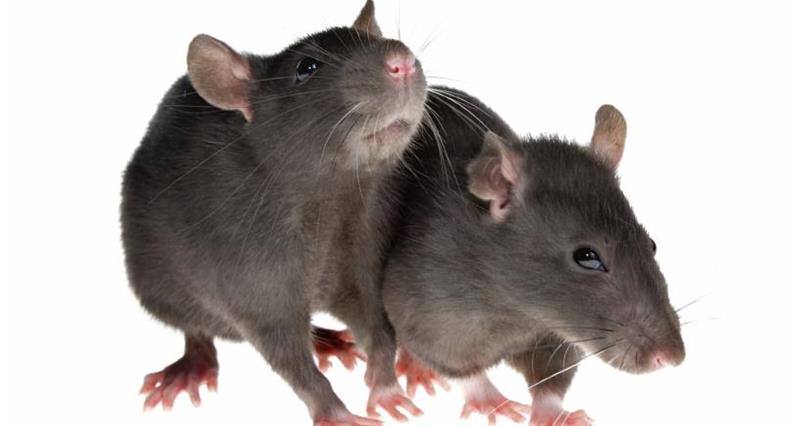SEOV is transmitted from infected rats to humans via inhalation of the aerosolised virus in rat excreta such as urine and faeces.
Currently, the public health risk posed by SEOV carried by wild rats is yet to be fully determined, but those working in areas where there is an increased risk of contracting hantavirus infection such as those working in agricultural or rural environments.
Symptoms can include:
- flu like illness such as fever, headache, backache and nausea
- reduced urine production, lower back pain and confusion; which relates to acute kidney injury
The extent of SEOV in the UK is not currently known, however the virus was first identified in Scotland in labatory rats in 1977. Since then studies have shown serological evidence of exposure to hantaviruses and occupational exposure was thought to be the highest risk.
Read more here (members login required)
Contact the NFU Animal Health & Welfare team..
YW5pbWFsaGVhbHRoQG5mdS5vcmcudWs=
